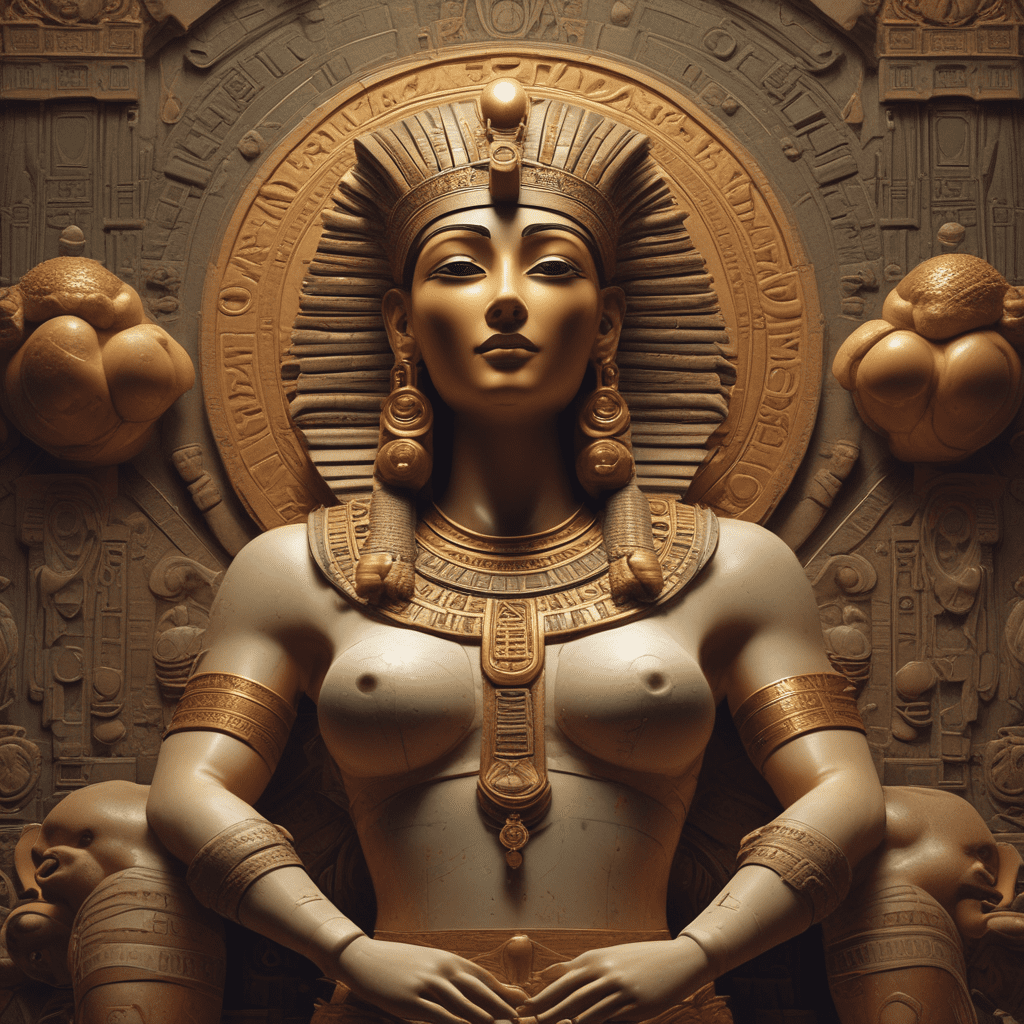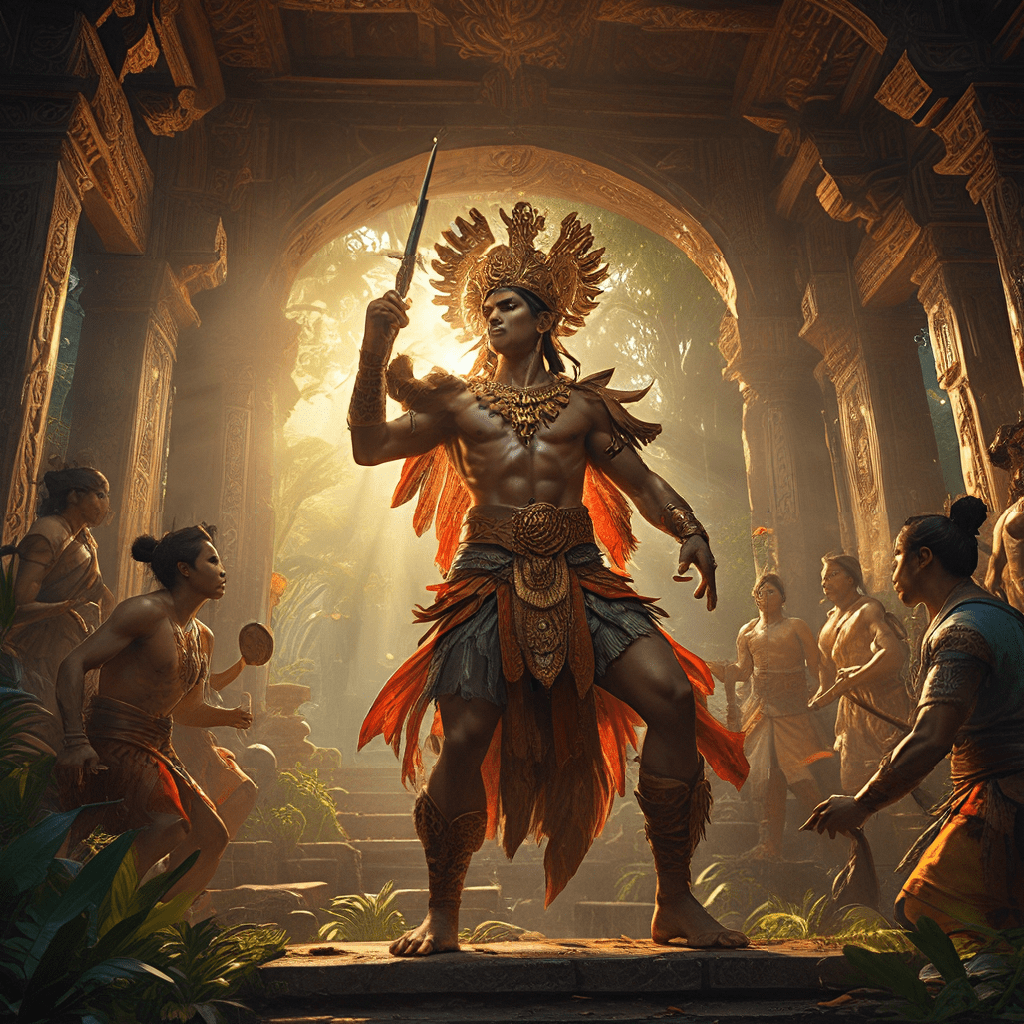The Myth of the Goddess Nut in Ancient Egypt
Ancient Egyptian mythology is rich with tales and beliefs that reflect the ancient civilization’s deep connection to deities and the cosmos. One prominent figure in Egyptian mythology is the goddess Nut, known for her role in the creation story and her association with the sky and heavens.
Who was the Goddess Nut?
Goddess Nut, also known as Nuit or Neuth, was a prominent deity in ancient Egyptian religion. She was depicted as a woman arching over the earth, with her body adorned in stars, representing the sky. Nut was the daughter of Shu (the god of air) and Tefnut (the goddess of moisture) and the sister and wife of Geb (the god of the earth).
What was Nut’s role in Egyptian mythology?
Nut’s primary role in Egyptian mythology was to act as the sky goddess who swallowed the sun each evening and gave birth to it each morning, symbolizing the cycle of day and night. She was also believed to protect the dead by covering them with her starlit body, providing a safe passage to the afterlife.
What was the significance of Goddess Nut?
Goddess Nut held immense significance in ancient Egyptian beliefs. As the sky goddess, she was responsible for bringing moisture to the earth, ensuring fertility and abundance. Nut was also associated with protection and rebirth, guiding souls through the perilous journey to the afterlife.
How was Goddess Nut worshipped?
Worship of Goddess Nut was prevalent throughout ancient Egypt, with temples dedicated to her found across the land. She was often depicted in temple carvings, sarcophagi, and protective amulets to invoke her blessings of protection and guidance. Festivals in her honor were celebrated, particularly during harvest seasons, to seek her favor for bountiful crops and abundance.
In conclusion, the myth of the Goddess Nut in Ancient Egypt serves as a powerful symbol of creation, protection, and the eternal cycle of life and death. Her influence extended beyond the realms of mythology, shaping the beliefs and practices of ancient Egyptians, and offering insights into their deep spiritual connection with the universe.
FAQ about the Myth of the Goddess Nut in Ancient Egypt
Who is the Goddess Nut in Ancient Egyptian mythology?
Nut is a significant deity in Egyptian mythology, representing the sky. She is typically depicted as a woman arched over the earth, with her body adorned with stars. Nut is seen as a protective mother who swallows the sun each evening and gives birth to it each morning.
What is the significance of the Goddess Nut in Ancient Egypt?
Nut plays a crucial role in Egyptian cosmology. She is believed to encompass the entire world, stretching over the earth each day and protecting it through the night. Nut’s presence symbolizes the cycle of birth, death, and rebirth, as well as the eternal nature of the cosmos.
Why is the Goddess Nut associated with the sky?
Nut is associated with the sky due to her role in swallowing the sun each night and giving birth to it each morning. This cyclical journey is symbolic of the sun’s movement across the sky and the passage of time. Nut’s overarching presence also represents the heavens and the celestial realm in Egyptian mythology.
How is the Goddess Nut depicted in Ancient Egyptian art?
In Egyptian art, Nut is often depicted as a woman adorned with stars, her body stretching over the earth like a protective canopy. She is typically depicted with vibrant colors and intricate details, emphasizing her role as the



